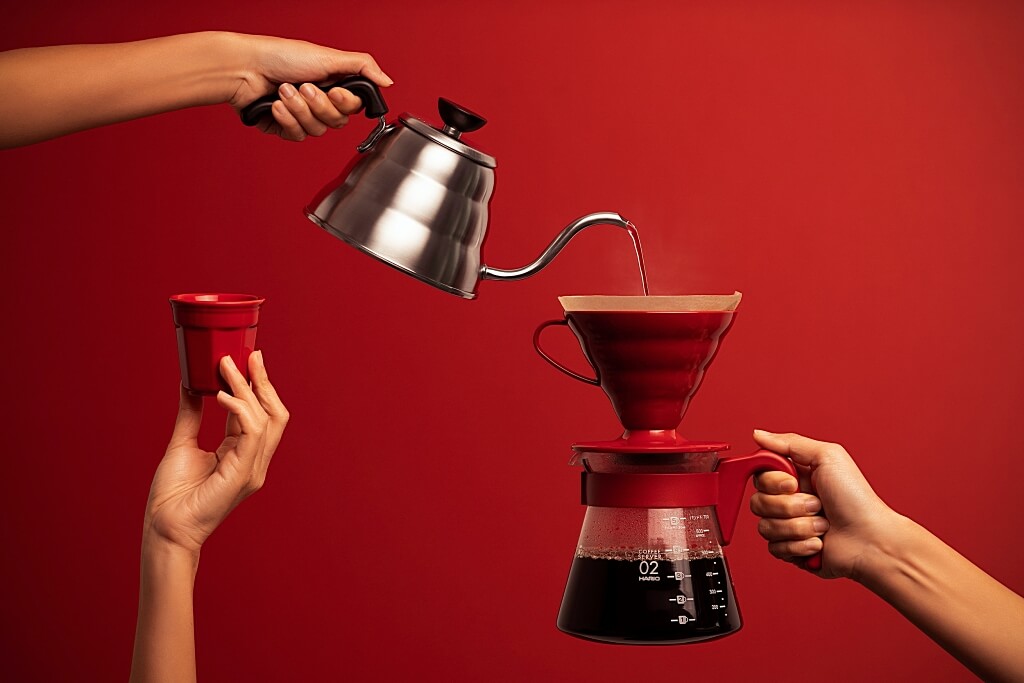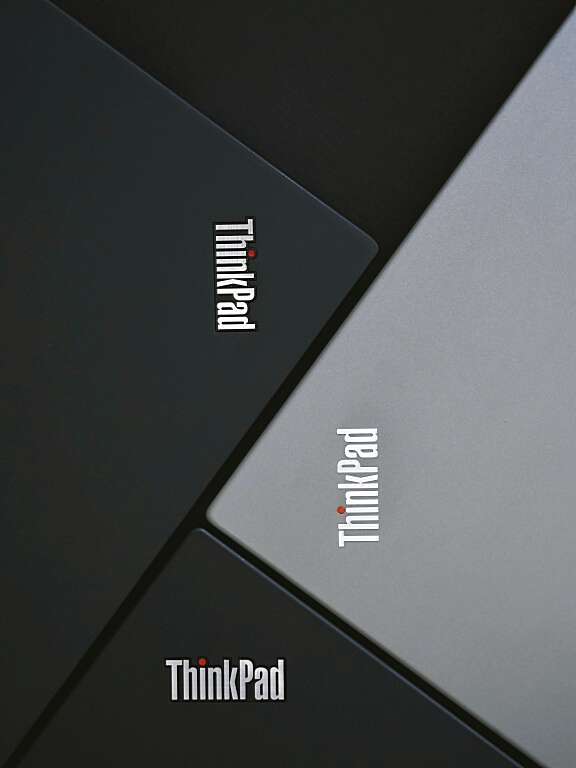ECommerce Photography
28/05/2022 2022-05-28 13:34ECommerce Photography
ECommerce photography is a photo clicked, edited and shared, as a visual representation for a product for the benefit of the shoppers in an online store or e-Commerce websites. The photos of a piping hot biriyani in Swiggy or Zomato to the bright blue top on TATA Cliq, we scroll on the websites and applications are clicked by e-Commerce photographs. These photos of products, along with product specifications or a written description, represent the product to the online shopper and give them information about the product.
Stock photos Vs custom photos
You’ve probably heard the term “stock photography” before. Sometimes, photographers will refer to it as “picture archives,” “photo libraries,” “image banks,” and variations of these terms. They all mean the same thing. They are extensive collections of images hosted online or in the digital space. And these images are “stock images” of products that consumers may want to buy.
Stock photography sites usually cater to businesses that need (more or less) generic photographs. Traditionally, photographers hire models and take photos that can satisfy a broad range of needs. These might include photos for the homepage, about page, and maybe some internal pages. Entire e-Commerce business exists just to sell these photographs to other online business owners. By buying stock photography, an online business or store saves time and money since the images can be licensed easily and delivered via the web in mere seconds.
In recent years, however, the number of stock photo sites has exploded, and you can now find a broad set of photos that can be very niche. Take time and search around related terms. You just might find something that’s perfect for a background or to set the tone of your site before you introduce customers to your products.
Why do we need custom photographs?
The problem with traditional stock photography, however, is it rarely captures specific products. While it can be useful to service-based industry that sometimes relies on generic photographs, custom e-Commerce product photography is the best way to highlight a specific product with its brand intact. It fosters trust and transparency in the intended target market.
This eventually drives sales as customers associate with the idea of the product better as the branding factors are personal and specific increasing the trust value of a product. So, eCommerce businesses are left on their own to come up with product or catalog images. Most of the time, you can hire a local professional specializing in eCommerce photography to do the job, but they can cost several thousand dollars per shoot.
Quality ecommerce product photography has evolved with the popularity of online shopping and is an essential for businesses large and small in the digital space. Good e-Commerce photography allows third-party sellers and self-hosted e-Commerce sellers alike to represent their products on platforms and online stores, as well as drive sales. Well, as an end-user we will click on the bright and tasty looking of the piping biriyani not the dull looking biriyani on the same platform. That should emphasis on the importance of e-Commerce photography for online businesses.
Ecommerce Product Photography standards
 The typical requirements for e-Commerce photography are candid photography of a product. Although product photography can be varied and run the spectrum from professional to inadequate, certain qualities are recognized as the industry standard for online retailers.
The typical requirements for e-Commerce photography are candid photography of a product. Although product photography can be varied and run the spectrum from professional to inadequate, certain qualities are recognized as the industry standard for online retailers.
- Ecommerce photography needs images with high clarity of the product. Products must be well-lit, and images should meet the resolution standard of the ecommerce platform.
- Photos are conventional with the product against a white background, or solid colour background, to remove distraction and focus attention on the product that the end-user needs to focus on.
- The product fills most of the space and is the focus of the photograph. It should typically emphasize the product, front-and-centre and reduce clutter.

- In addition to an upfront image of the product, photos can show several variations with angles or parts or specific focus to the product such as the back, open and shut, hardware, or close-ups. This allows the customer to understand the product better.
- Advanced ecommerce product photography may also include lifestyle and in-use product photography to demonstrate the product’s use, or 360-spin product photos that display every angle of the product.
e-Commerce photography – What does it achieve?
Online, a customer can’t hold or inspect a product in their hands as they would in a store. The goal of product photography is to give just as much product information along with the look and feel of the product, virtually. Product descriptions provide a customer with facts about a product, but they can’t convey the amount of information or invoke an emotional response the way good product photography does. This type of photography allows the product to “speak for itself.”
In addition to providing instant visual answers to customer questions, ecommerce product photography may be strategically used for other goals as well. These may include:
- Provide practical information about the product, such as what it is and its purpose
- Explain basic information about the product, such as material, colour, size
- Show a product’s value
- Gain the end-user’s or the buyer’s trust by transparently displaying all aspects of the product
- Deliver context
- Demonstrate a product’s additional uses and features
- Reduce returns by answering potential questions with FAQs
- Specify a product’s demographic clearly, so the intended target market recognises it quickly
- Use the product photograph for marketing campaigns and more

e-Commerce photography can take on several varied approaches and include diverse qualities. While there are features of e-Commerce product photography that have become the standard, it continues to evolve with the fast-paced e-Commerce industry. This kind of photography aims to represent a product through a clear visual to prospective customers, allowing them to experience the product in the virtual world













